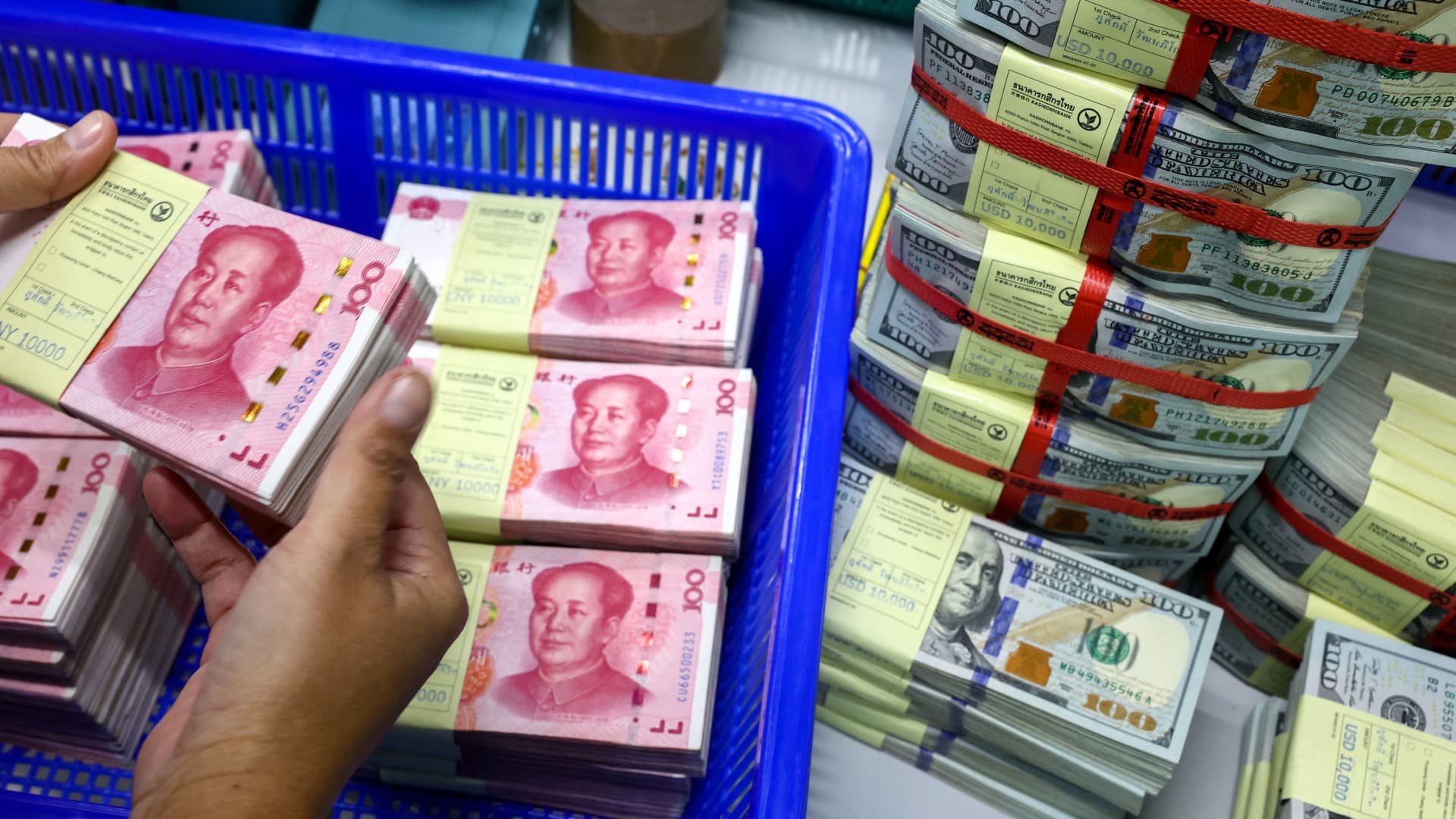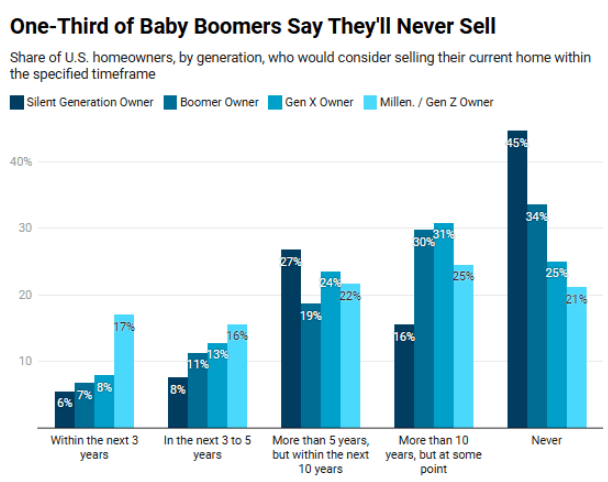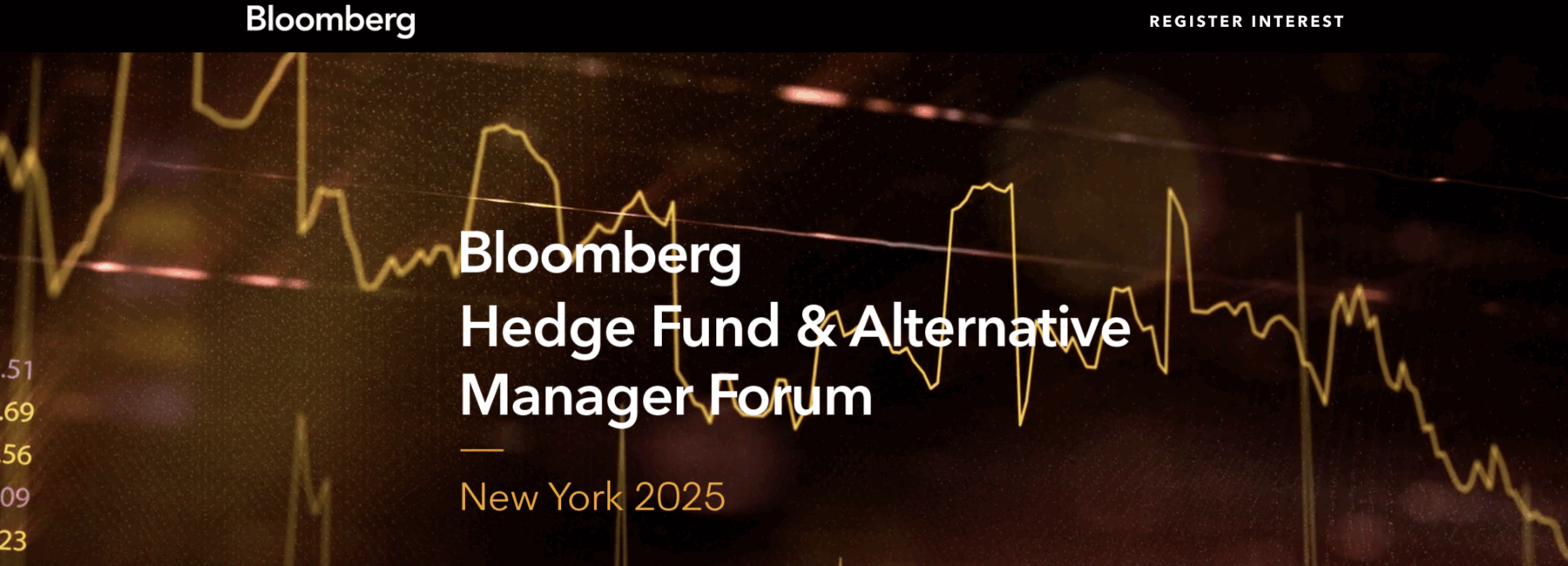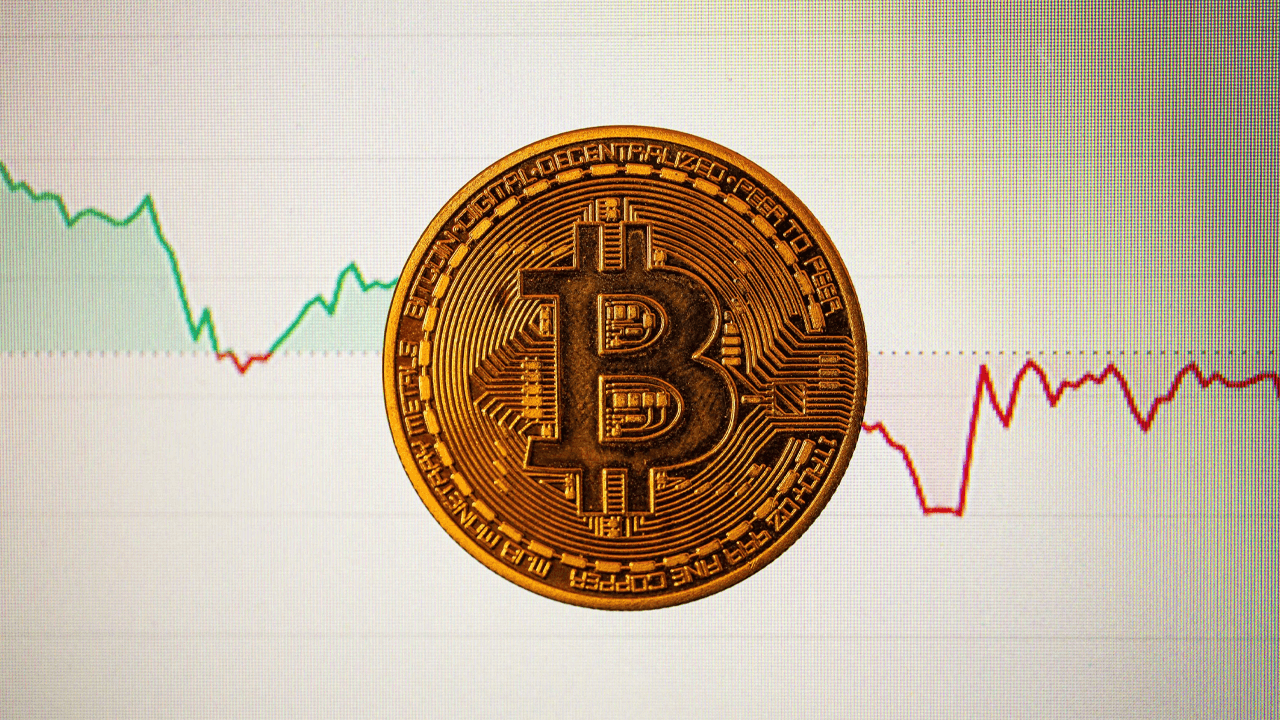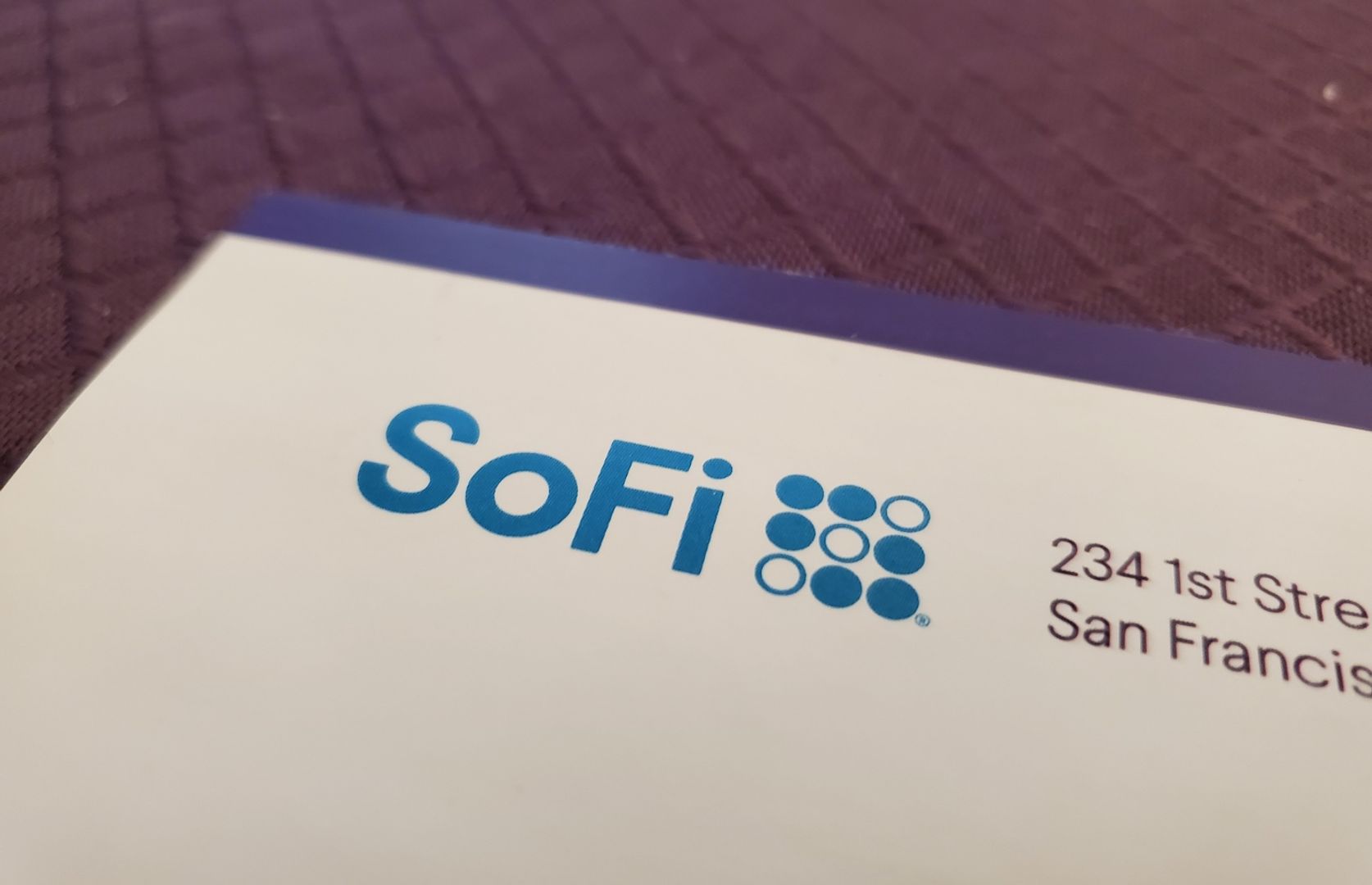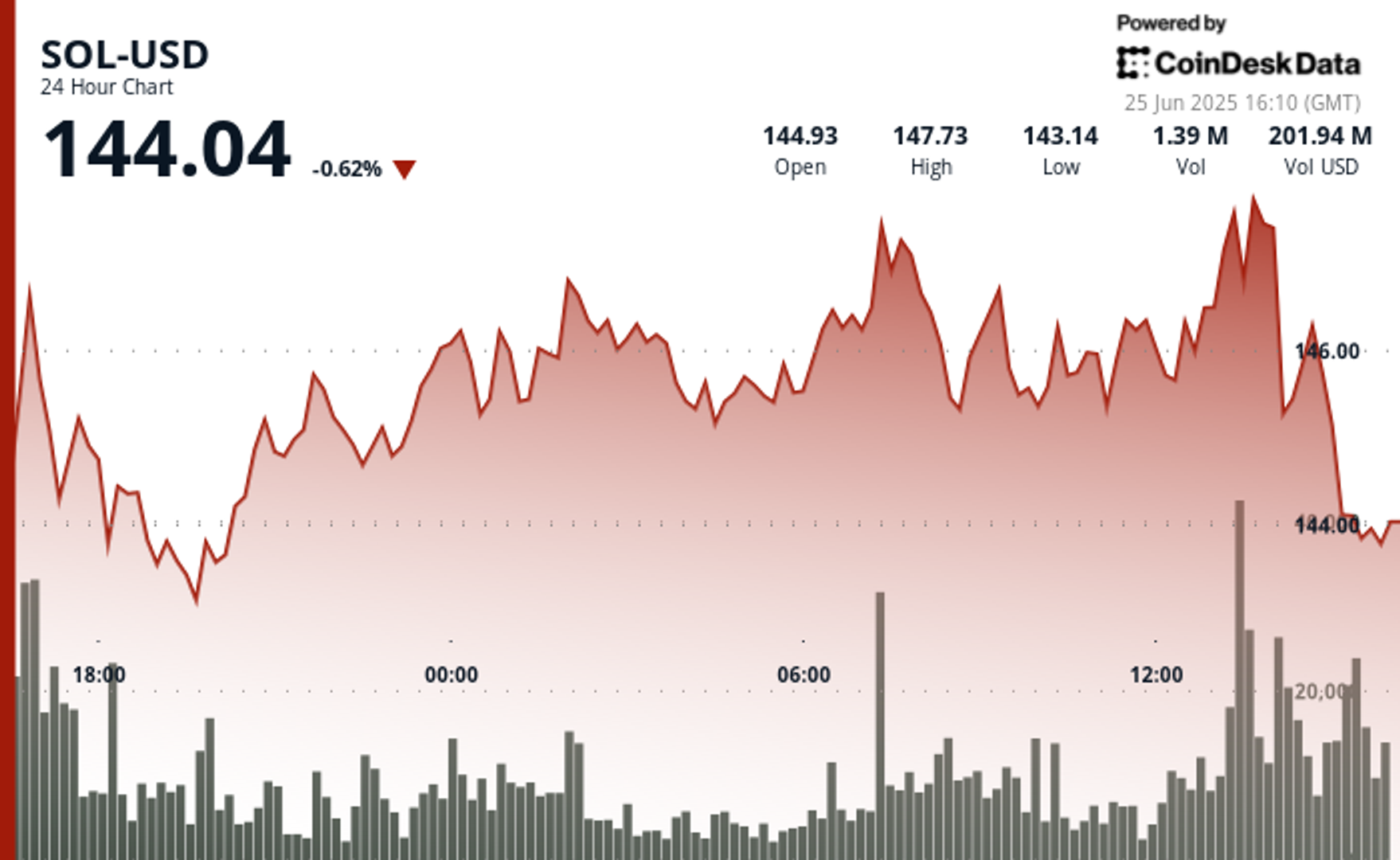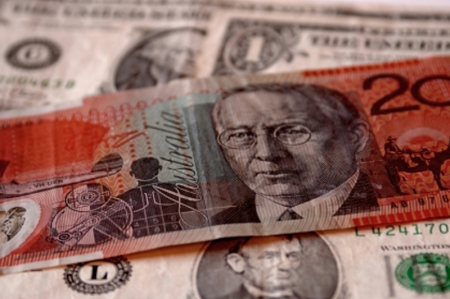The Best Dividend ETF That Pays Cash Monthly: JEPI vs. SPHD
Passive income investors like me are always on the lookout for different ways to generate extra income. If you can make your money work for you, why not? I believe investing should not only generate capital appreciation but also steady income. If you’re a low-risk investor looking to diversify your passive income steams, consider dividend […] The post The Best Dividend ETF That Pays Cash Monthly: JEPI vs. SPHD appeared first on 24/7 Wall St..

Passive income investors like me are always on the lookout for different ways to generate extra income. If you can make your money work for you, why not? I believe investing should not only generate capital appreciation but also steady income. If you’re a low-risk investor looking to diversify your passive income steams, consider dividend exchange-traded funds.
There are hundreds to choose from and they provide immediate diversification. I’ll discuss two dividend ETFs that pay monthly dividends and help you choose one. Two industry players — JPMorgan and Invesco — have several ETFs that are a top choices for investors today. But two of their high-yield products are of particular interest, so 24/7 Wall St. conducted analysis and dove into two of their best dividend ETFs.
Key Points in This Article:
- For income-focused investors, JEPI and SPHD are two of the most popular dividend ETFs on the market.
- Both JEPI and SPHD provide shareholders with monthly dividends.
- If you’re looking for a megatrend with massive potential, make sure to grab a complimentary copy of our “The Next NVIDIA” report. This report breaks down AI stocks with 10x potential and will give you a huge leg up on profiting from this massive sea change.
J.P. Morgan Equity Premium Income ETF
J.P. Morgan Equity Premium Income ETF (NYSEARCA:JEPI) has a 30-day SEC yield of 11.38%. This yield is much higher than the S&P 500’s 1.5%. In the ETF, you’ll own top-quality businesses and names you’re already familiar with. As of writing, its NAV is $56.57 and has remained flat over the year. The share price will not increase significantly in the coming months but the monthly high yield will stay consistent even in market volatility.
JEPI uses equity-linked notes that generate income through the selling of call options on the securities held in the ETF. This allows it to pay a higher yield. The ETF holds 125 shares and its portfolio allocation is:
- Information Technology: 15.7%
- Financials: 13.4%
- Industrials: 13%
- Other: 13%
- Healthcare: 11.3%
Its top 10 holdings include the Magnificent Seven, including NVIDIA (NASDAQ:NVDA), Amazon Inc. (NASDAQ:AMZN), Microsoft (NASDAQ:MSFT) and Meta Platforms (NASDAQ:META). None of the stocks have a weightage higher than 2%. The top 10 stocks form 15.80% of the portfolio.
An investment of $10,000 in 2020 would be worth $17,193 in 2025. The ETF has a low-expense ratio of 0.35%. If you’re not willing to take any risks, you might want to consider a different ETF but if your eyes are set on a high yield, JEPI will not disappoint.
It is a strong passive income option for those who seek monthly dividends. Lastly, you can remain worry-free that your funds are handled by some of the best fund managers at JPMorgan.

Invesco S&P 500® High Dividend Low Volatility ETF
The Invesco S&P 500 High Dividend Low Volatility ETF (SPHD) has some of the top S&P 500 companies. It holds some of the largest and most important blue-chip names in the country. The ETF tracks the S&P 500 low-volatility high-dividend index and holds 75 stocks. It holds large-cap companies that have sustained market ups and downs and have stable fundamentals.
The best thing about this ETF is that it has a limit of 10 stocks for each sector, ensuring that the ETF doesn’t become overweighted towards any one industry. The fund focuses on high yield and picks companies that are known for steady dividend payments.
The fund’s sector allocation is as follows:
- Real estate: 20.51%
- Utilities: 17.79%
- Consumer Staples: 16.88%
- Energy: 9.91%
Its top 10 stocks include dividend paying companies like Pfizer Inc. (NYSE:PFE), Verizon Communications (NYSE:VZ), AT&T (NYSE:T) and the self-described monthly income company Realty Income (NYSE:O). None of the stocks have a weightage higher than 4%. An investment of $10,000 in 2015 would be worth $22,882 today. Since the fund is highly diversified, it carries lower risk.
SPHD has an expense ratio of 0.3% and a 30-day SEC yield of 4.74%. The ETF is not tech-focused, making it an ideal choice for investors who are not inclined toward tech companies or already own tech stocks. The NAV of SPHD is $47.57 , it has remained flat in 2025 and is up 6.7% in 12 months.
Which is the better dividend ETF?
The choice between these two dividend ETFs depends on individual goals and preferences. But, if you want to generate high dividend income, you’d want to invest in JEPI over SPHD. It offers a better dividend yield, superior diversification and holds elite names. Yes, the fund is heavily tech-focused but the investments have paid off in the past and its yield is much higher than that of SPHD.
The post The Best Dividend ETF That Pays Cash Monthly: JEPI vs. SPHD appeared first on 24/7 Wall St..













